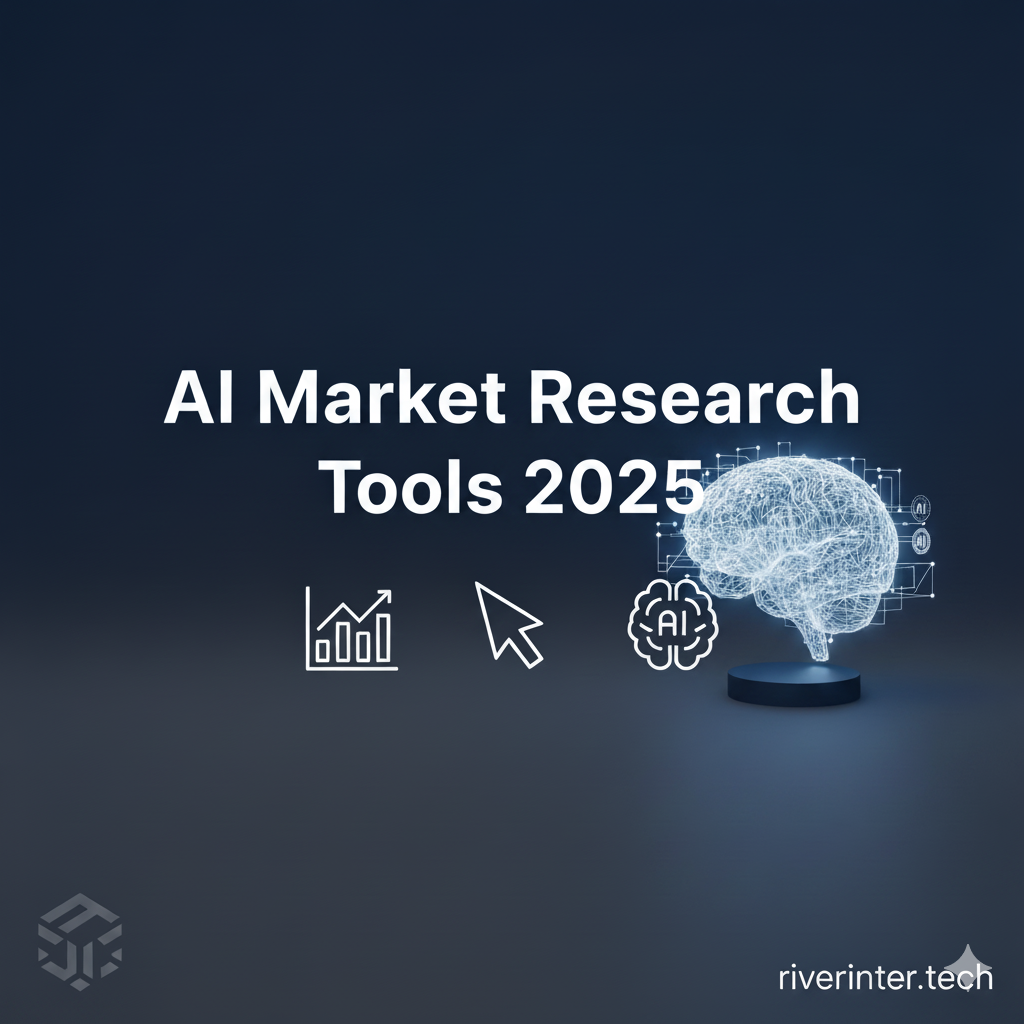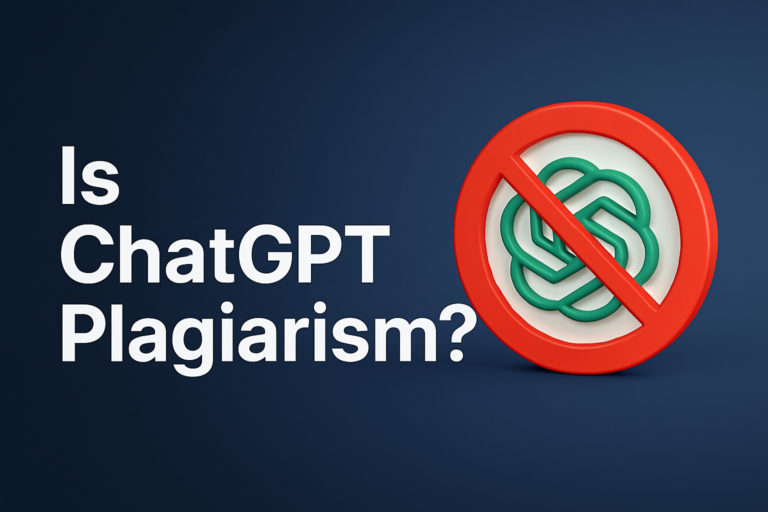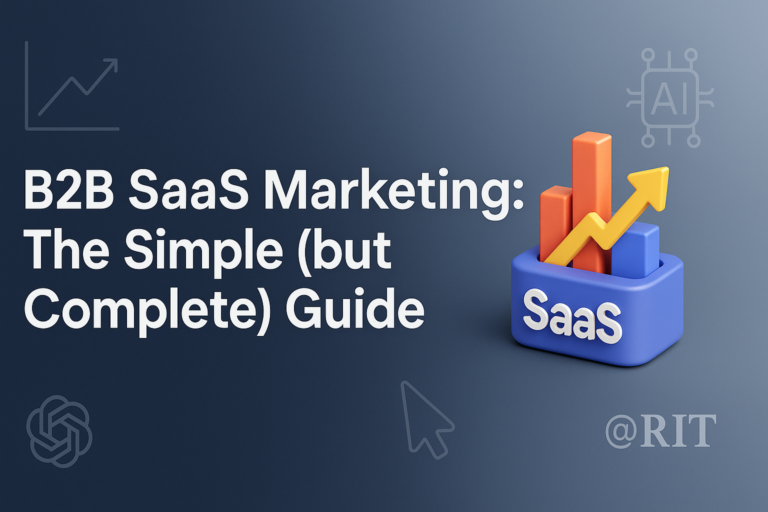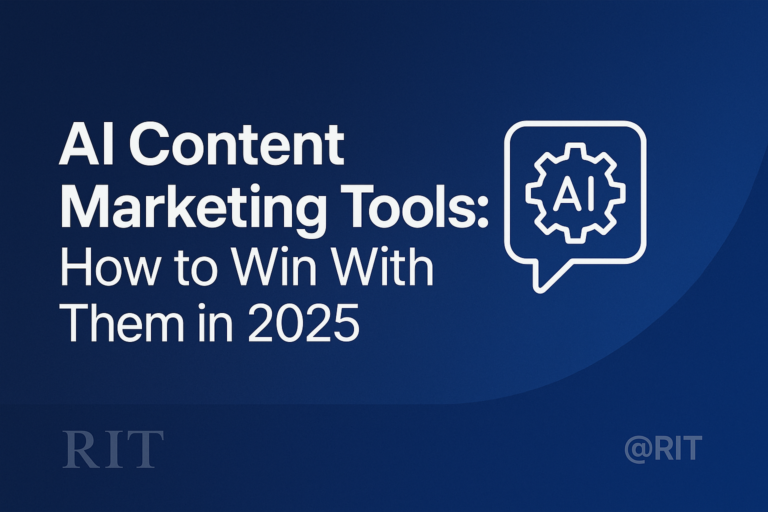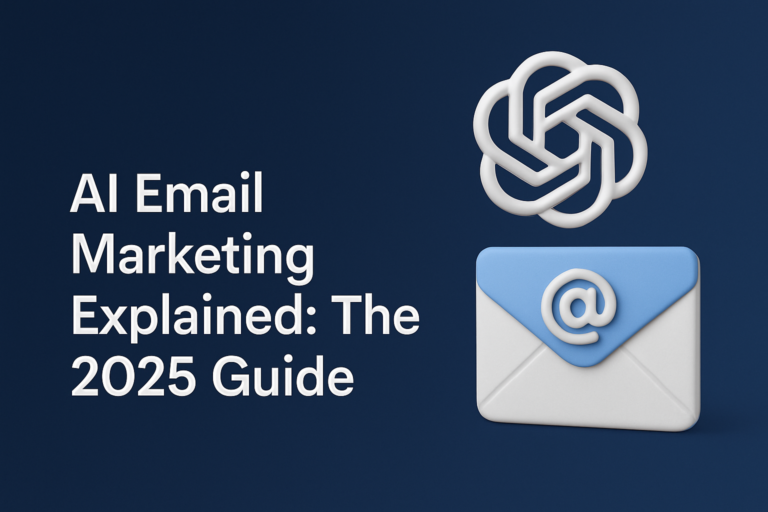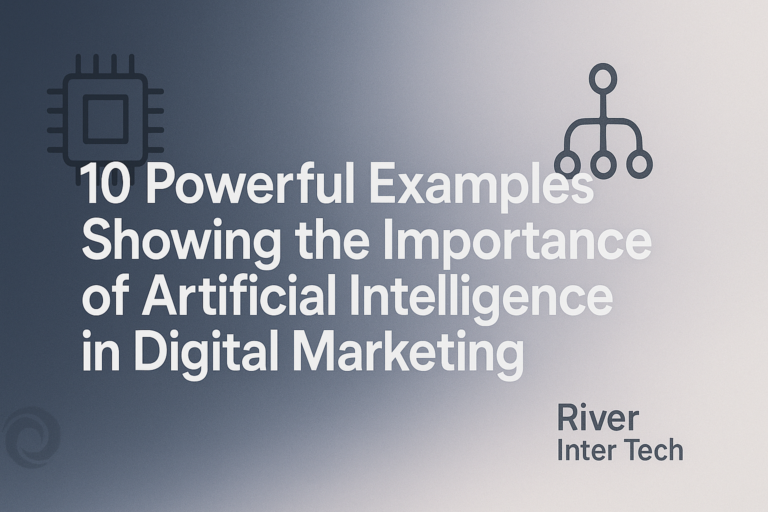10 AI Market Research Tools & How To Use Them
Let’s face it—keeping up with your market has never been harder. New competitors show up overnight. Customer needs shift weekly. And trends? Blink and you’ll miss them.
Traditional market research just can’t move fast enough. That’s why more teams are turning to AI Market Research. These tools don’t just collect data. They actually make sense of it—spotting patterns, forecasting demand, and uncovering what your audience actually wants.
They use machine learning, natural language processing, and predictive analytics to pull insights you can act on right now. In this post, we’ll walk you through 10 of the smartest AI-powered tools out there and show you how to actually use them.
Top 10 AI Market Research Tools
Here are ten powerful tools, each with a unique strength, that can enhance your market research strategy.
- Brandwatch – Best for Social Listening & Sentiment Analysis
Brandwatch lets you see what your audience is saying, feeling, and sharing—across millions of conversations. You can track keywords, hashtags, competitor mentions, or product sentiment in real time.
Want to know how your latest campaign landed? Or if your competitor’s ad just sparked outrage or applause? Brandwatch gives you that edge. It pulls insights from forums, blogs, news sites, and all major social channels.
Visual dashboards make the data easy to act on. Use it to find emerging topics before they trend, compare brand perception, or fix reputation issues before they explode. It’s listening at scale—turned into strategy powered by artificial intelligence research.
- GWI Spark – Best for Demographic & Psychographic Insights
GWI Spark helps you get inside your audience’s mind—fast. Think of it as a living, searchable map of consumer behavior and beliefs.
You can ask questions like, “What drives Gen Z to switch brands?” or “Which values matter most to wellness shoppers in Canada?” and get real answers. It taps into global survey data across 50+ markets, breaking down audience segments by interests, attitudes, income, and even motivations.
Marketers use it to build buyer personas, tailor messaging, and launch products people actually want. It’s not guesswork—it’s AI for researchers wrapped in a clean, conversational interface.
- Quantilope – Best for Automated End-to-End Research
Quantilope makes full-scale market research feel like using a smart assistant. It builds custom surveys, sends them to target groups, analyzes results using advanced methods like max diff or conjoint, and delivers insights—all in one platform.
What used to take research teams weeks, you can now do in days. It’s perfect for pricing studies, brand positioning, or concept testing. Quantilope’s artificial intelligence AI even suggests survey designs based on your goal.
Whether you’re a product team, agency, or strategist, you get data that’s clean, deep, and decision-ready.
- Crayon – Best for Competitive Intelligence
Crayon monitors your competitors in the background while you stay focused on your game plan. It tracks their website changes, new features, price drops, landing pages, press mentions, job postings, even reviews.
If they launch something new or shift positioning, Crayon lets you know—before your team gets blindsided. You get visual timelines of updates, plus alerts when something big happens.
Use it to improve your sales battlecards, adjust messaging, or spot gaps in their product strategy. Think of it as a real-time radar for your market, powered by AI intelligence to help identify competitive signals faster.
- Talkwalker – Best for Real-Time Trend Forecasting
Talkwalker shows you what’s catching fire online—right now. It scans news, blogs, forums, and 10+ social networks for emerging trends and bubbling conversations.
You can track hashtags, brand mentions, viral topics, and influencer activity in seconds. The best part? It doesn’t just tell you what’s happening—it shows what’s coming. Their AI-powered trend prediction spots growth signals before they go mainstream.
That means you can ride a trend wave early or pivot before a misstep becomes a crisis. Marketers use it to spark campaign ideas, optimize timing, and see what truly resonates in artificial intelligence and research applications.
- Hotjar – Best for User Experience (UX) Insights
Hotjar helps you see your site through your users’ eyes. Literally. With heatmaps, session recordings, scroll tracking, and behavior funnels, you get to watch how people interact, hesitate, click, or bounce.
Want to know why users drop off on checkout pages? Or which CTA they never see? Hotjar shows you. It doesn’t rely on opinions or guesses. It records real actions—so you can fix friction fast.
Whether you’re testing new designs or improving conversion rates, Hotjar gives you the “why” behind the metrics. Pair it with A/B testing tools and you’ll build better experiences that lead to actual results, driven by insights from AI in research.
- Browse AI – Best for Web Scraping & Data Extraction
Browse AI lets you turn any website into your private data source—without writing code. With just a few clicks, you can train a bot to scrape product prices, customer reviews, job listings, or competitor offerings from any public page.
Want to track Amazon listings daily? Or collect testimonials from a hundred sites in an hour? Browse AI does it. You can schedule tasks, monitor changes, and export clean, structured data.
Use it to build competitive benchmarks, fuel dashboards, or feed your models. It’s like giving your market research team a web-crawling robot with artificial intelligence and market research capability built in.
- Pecan AI – Best for Predictive Analytics
Pecan AI turns your historical business data into forecasts you can act on. Want to know when demand will spike next quarter? Or which users are most likely to churn?
Pecan analyzes past trends—across sales, marketing, or operations—and shows you what’s coming. It uses machine learning models but doesn’t require data science skills to run. Upload your data, select a use case, and the platform delivers predictions and scenario simulations you can use in planning.
It’s built for marketers, ecomm teams, and business leaders who want foresight—not just hindsight. For deeper analysis, AI in scientific research follows similar predictive approaches across industries.
- ChatGPT – Best for Initial Research & Brainstorming
ChatGPT is your brainstorming partner on demand. Whether you’re stuck on messaging, need to generate content ideas, or want a fast summary of a complex topic, it delivers.
Prompt it with questions like, “Summarize the top trends in pet food for 2025,” or “Give me five positioning angles for eco-friendly cleaners,” and it responds instantly. You can use it to break down industry reports, generate blog outlines, or simulate customer personas.
It won’t replace deep research, but it accelerates the front end and gives your creative process momentum—making it an essential tool in research of artificial intelligence applications.
- MarketMuse – Best for Content Strategy & Keyword Research
MarketMuse helps you win in search by showing what content you should create—and how to beat the competition. It uses natural language processing to analyze your site and compare it to top-ranking pages.
Then, it reveals gaps, keyword clusters, and questions your audience is asking. You can generate full content briefs, topic models, and on-page recommendations that help your team write smarter, not longer.
Marketers use it to boost SEO, plan content calendars, and create articles that match user intent. The result? Better rankings, more traffic, and content your readers actually value—showcasing how AI for researchers improves content strategy.
How to Choose the Right AI Market Research Tool
Start by getting clear on your goal. Do you want to track trends, understand your audience, or spy on competitors?
Next, look at budget. Some tools offer free plans or trials, while others cater to enterprise budgets. Then, check if the tool connects with what you already use—your CRM, dashboard, or data sources.
Finally, ask how good the data is. The best AI insights come from accurate, recent, and relevant data sets. The right tool is the one that fits your use case, scale, and team setup. With so many AI Market Research platforms available, clarity on your objectives is key.
FAQs About AI Market Research Tools
Are AI tools accurate?
Yes, when the data is clean. Great tools, bad data? Still bad insights. But with the right input, the accuracy is impressive, especially when powered by artificial intelligence AI systems.
Can AI replace human researchers?
No. AI handles the heavy lifting, but human strategy, judgment, and creativity are still irreplaceable. That’s why most teams use research AI to assist, not replace, people.
Is data privacy an issue?
Leading tools follow strict compliance standards like GDPR. Always review their privacy policies to stay safe.
Conclusion: The Future of Insight Is Intelligent
AI Market Research is transforming how businesses make decisions by making it faster, smarter, and more accessible. You don’t have to guess anymore. You can know—what your audience wants, where trends are headed, and how to stay ahead of your market.
But here’s the truth: AI doesn’t replace people. It multiplies what people can do. The best results come when you combine AI’s speed with your strategy and experience.
Want to test the power of AI Market Research? Choose one tool from this list. Try it. Explore. The insights you’ll uncover might just change the way you do business.
FAQs
1. Which AI tools from the list are best for automated survey creation?
Quantilope leads for automated survey creation; Zoho Survey and Survicate also provide AI-driven survey logic and dynamic response tools for streamlined research workflows.
Sources:
2. How do the tools compare on accuracy of sentiment analysis?
Brandwatch scores above 90% accuracy in sentiment detection; Talkwalker (via Hootsuite) is also reliable for emotion tracking in real-time conversations.
3. What steps ensure data quality when using these AI research platforms?
Ensure representative data, implement data governance, monitor for accuracy and consistency, and apply cleaning and profiling methods before feeding into AI tools.
4. How will adopting these tools change my research timeline and costs?
AI shortens research from weeks to hours while reducing costs by automating manual tasks and improving overall efficiency.
5. Which tool offers the strongest integration with existing analytics stacks?
Zoho Survey integrates best with Zoho Analytics, CRMs, and Zapier—offering easy setup, custom dashboards, and seamless data workflows.

